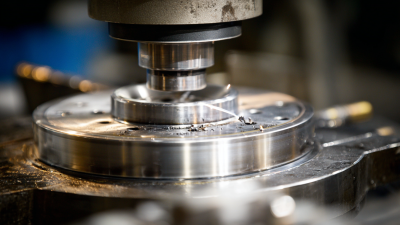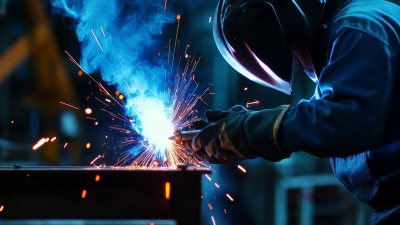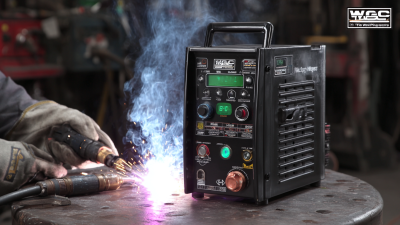Stainless welding is an essential process in various industries, from construction to automotive manufacturing, delivering structural integrity and aesthetic appeal. According to a recent report by the American Welding Society, the demand for stainless steel in construction is projected to grow by 5% annually, underscoring the need for precise welding techniques to ensure flawless results. Additionally, a study by the International Institute of Welding highlights that nearly 60% of weld failures can be attributed to improper technique or insufficient quality control measures. Hence, mastering the key techniques and insights specific to stainless welding is paramount for achieving optimal results and minimizing costly rework. This guide aims to provide industry insights and practical tips to help professionals enhance their skills and ensure successful stainless steel projects.
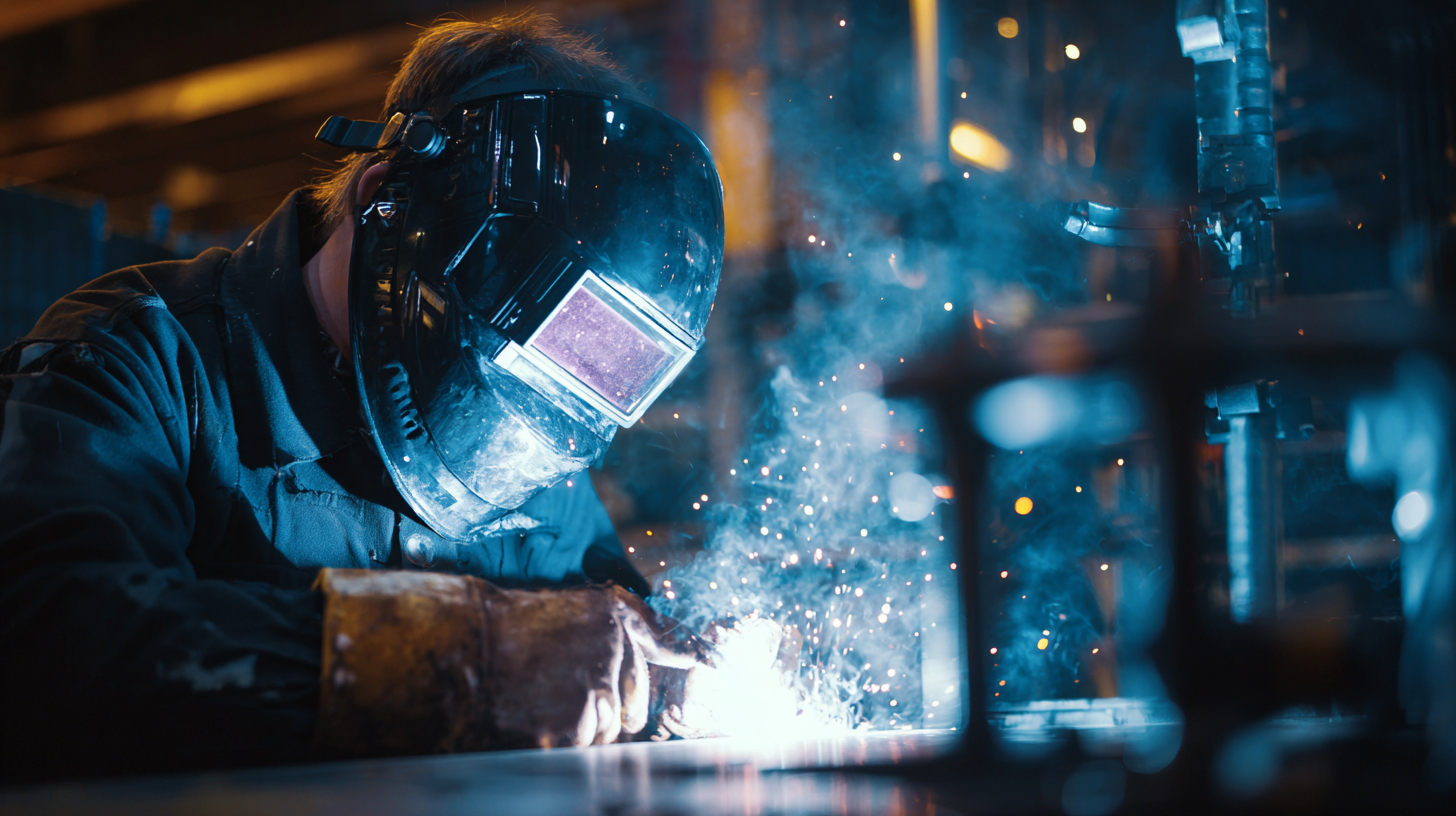
When it comes to achieving success in stainless welding, having the right tools and equipment is paramount. According to the "Welding Equipment Market Report 2022" by Allied Market Research, the global welding equipment market is expected to reach
$25.57 billion by 2027, driven by the increasing demand for stainless steel across various industries.
Essential tools such as TIG welders, MIG welders, and plasma cutters are critical. These machines not only enhance precision but also provide superior control over the welding process, which is essential for maintaining the quality of stainless welds.
In addition to the welding machines, it's crucial to invest in high-quality consumables like filler rods, gas mixtures, and grinding wheels. The "Fabricated Metal Product Manufacturing Industry Report" highlights that using appropriate filler materials can improve the corrosion resistance and mechanical properties of the welds. Furthermore, safety equipment such as helmets with appropriate shading and gloves specifically designed for stainless welding protect the welder while ensuring a clean working environment. These elements collectively contribute to achieving flawless welds, helping industries meet stringent regulatory standards and customer expectations.
Achieving flawless stainless welds begins with critical preparation steps that cannot be overlooked. Recent insights from industry reports emphasize that proper surface preparation is crucial in preventing defects such as porosity and inclusions. A study revealed that up to 30% of weld failures can be traced back to inadequate surface cleaning, making it essential to adopt reliable methods. In this context, applying the right technique can ensure strong, durable joints.
One key aspect of preparation is the use of appropriate cleaning methods. While abrasive tools like grinders may seem efficient, recent incidents, such as the one in Australia, underline the risks they carry. These tools can create contaminants that lead to poor welding outcomes. Instead, utilize chemical cleaners or non-abrasive mechanical methods to enhance surface integrity before welding.
**Tips:** Always inspect the surface for rust, oil, or dust before starting. Using a dedicated stainless steel brush can help maintain the material's cleanliness without introducing harmful particles. Additionally, ensure that the workspace is free from contaminants that can compromise weld quality. Following these steps will not only enhance the quality of stainless welds but also contribute to overall safety in the welding environment.
| Welding Technique | Preparation Steps | Common Issues | Tips for Improvement |
|---|---|---|---|
| TIG Welding | Clean surface, proper fixture alignment | Porosity, incomplete fusion | Use high-purity tungsten, check gas flow |
| MIG Welding | Clean base materials, adjust wire speed | Burn-through, inconsistent bead | Optimize voltage settings, maintain steady hand movement |
| Stick Welding | Select appropriate electrode, clean prior to welding | Under-cutting, slag inclusion | Maintain the proper angle and travel speed |
| Plasma Arc Welding | Ensure proper gas flow and nozzle condition | Arc stability, excessive spatter | Regular nozzle cleaning, adjust arc length |
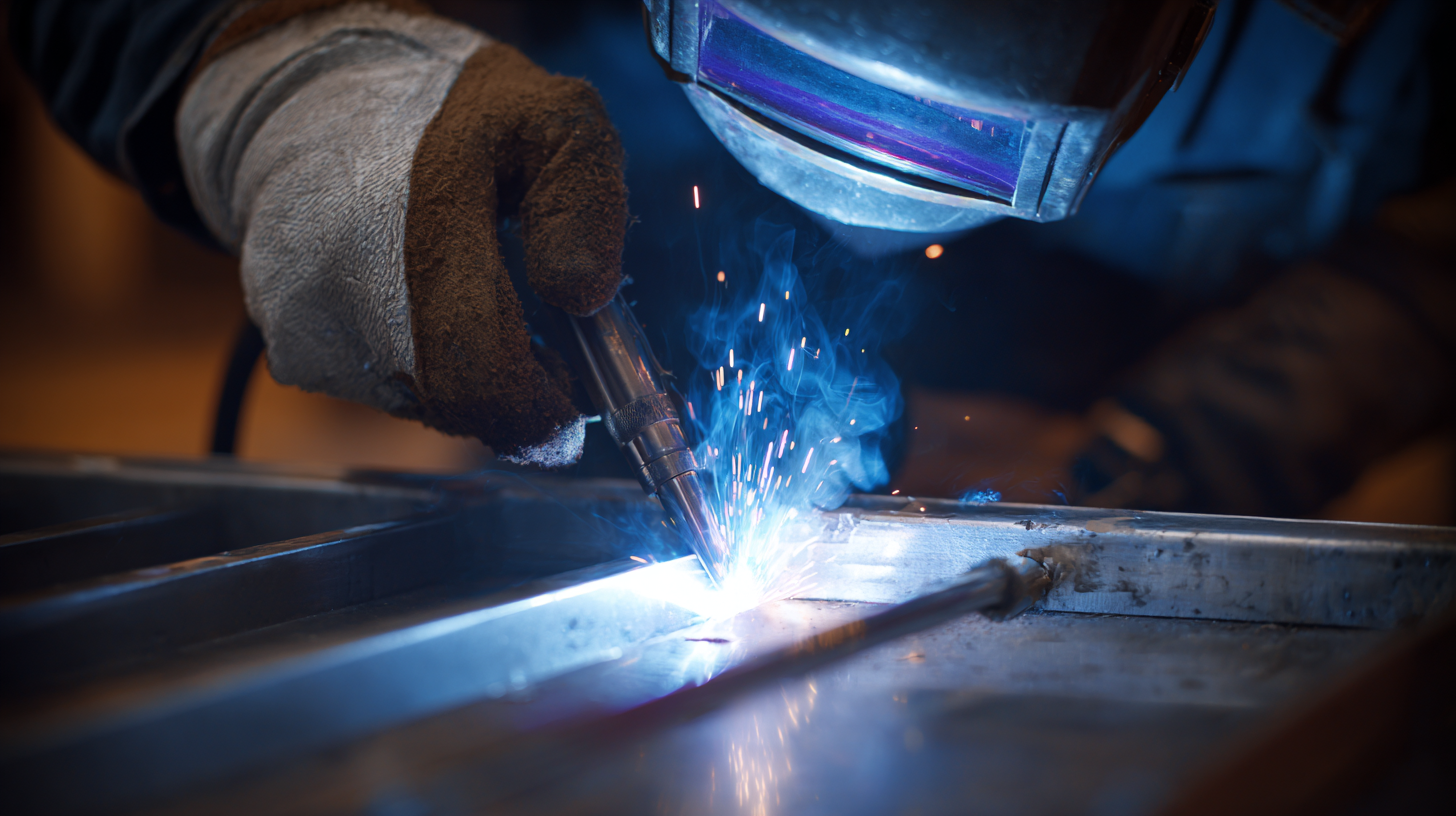 Achieving perfect stainless welding results necessitates mastering techniques that not only control heat but also minimize distortion. In recent studies, such as those focusing on MIG welding, it has been demonstrated that implementing static thermal tensioning can significantly mitigate distortion and improve fatigue crack growth performance. For instance, a targeted approach to temperature control during welding processes has been shown to reduce residual stresses, which are critical in processes like selective laser melting where part distortion is a common challenge. Utilizing innovative techniques like temperature-thread multiscale modeling has provided insights into predicting these stresses effectively.
Achieving perfect stainless welding results necessitates mastering techniques that not only control heat but also minimize distortion. In recent studies, such as those focusing on MIG welding, it has been demonstrated that implementing static thermal tensioning can significantly mitigate distortion and improve fatigue crack growth performance. For instance, a targeted approach to temperature control during welding processes has been shown to reduce residual stresses, which are critical in processes like selective laser melting where part distortion is a common challenge. Utilizing innovative techniques like temperature-thread multiscale modeling has provided insights into predicting these stresses effectively.
Moreover, advancements in control strategies, particularly in AC microgrids, reveal the importance of adaptive systems in managing energy during welding operations. A recent survey indicated that integrating artificial neural networks with traditional control methods can enhance stability and predict the thermal impacts associated with welding, thus minimizing distortion. Such methodologies are essential in modern manufacturing environments where the demand for precision in thin-walled structures is ever-increasing. Understanding and applying these techniques will not only improve weld integrity but also optimize operational efficiency across various applications in the industry.
Achieving perfect stainless welding results requires rigorous inspection and testing practices. One of the fundamental best practices is to employ visual inspections immediately after welding. This allows for the early identification of defects such as undercuts, porosity, and incomplete fusion, which can compromise the integrity of the weld. Utilizing cutting-edge technology, such as ultrasonic testing or eddy current testing, can further enhance the detection of subsurface flaws that are not visible to the naked eye, ensuring a more comprehensive assessment of weld quality.
Incorporating key techniques from industry insights, a systematic approach to testing can greatly contribute to reliable outcomes. For instance, maintaining the correct preheat and interpass temperatures can significantly improve the weld’s mechanical properties. Furthermore, understanding the metallurgy of stainless steel helps in selecting appropriate filler materials, which is crucial for achieving a strong weld that meets specific application demands. As we progress in understanding manufacturing processes, much like advancements seen in various sectors, it is clear that not only the products but also the methods of production spur innovation and enhance the overall effectiveness of stainless welding in modern applications.
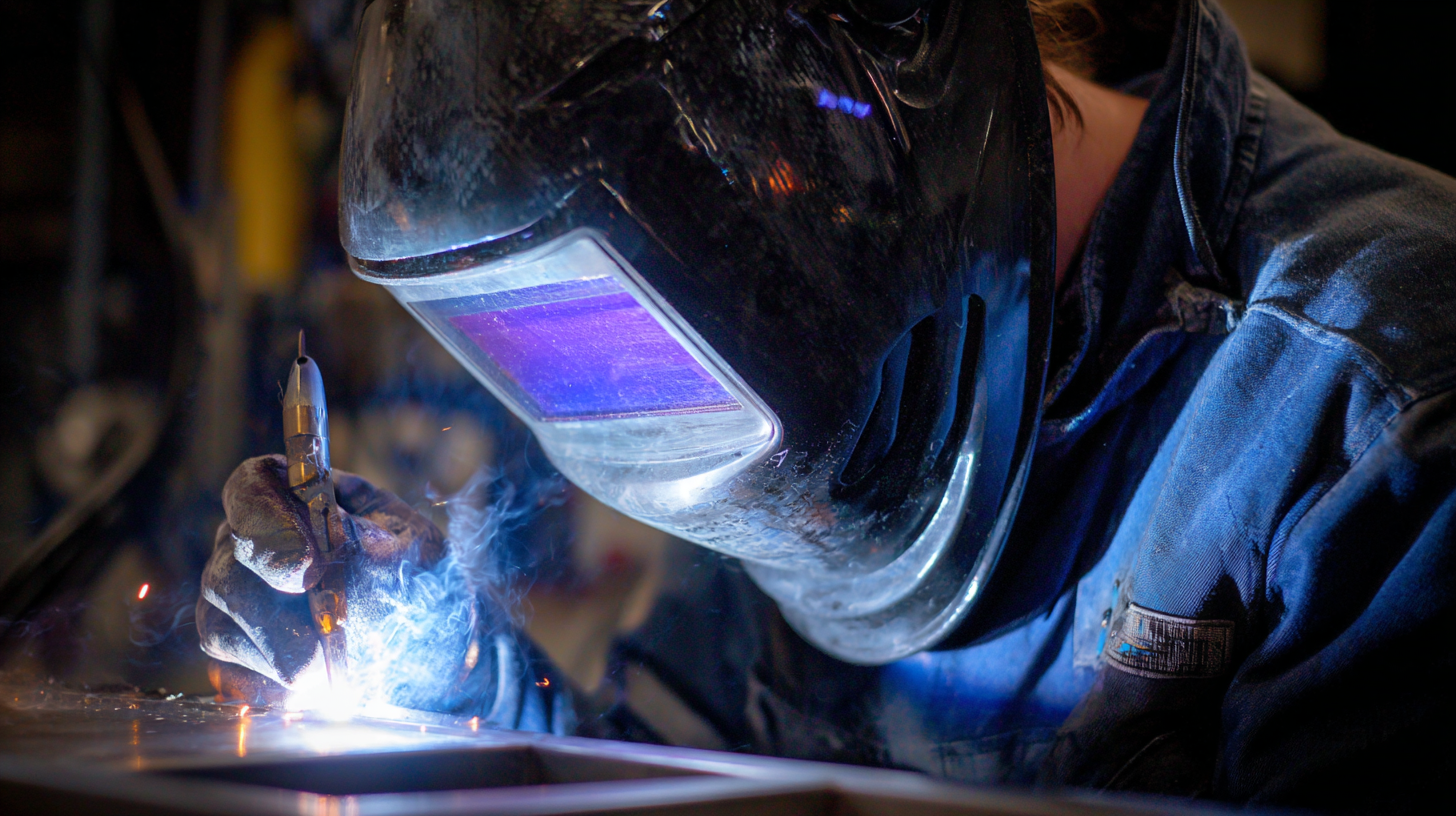
When embarking on a stainless welding project, selecting the right filler material is crucial for achieving flawless results. According to industry studies, using the appropriate filler can enhance the overall strength and corrosion resistance of the weld, which is paramount in applications like food processing and marine environments. For instance, a recent analysis found that using a filler with a high nickel content can significantly improve the weld's performance in acidic environments.
**Tips for Choosing Filler Material:**
1. Understand the base materials: Different stainless steel grades require specific filler metals to ensure compatibility and optimal performance.
2. Consider the application: For structural applications, a filler with higher tensile strength is advisable, while welding thin sections might benefit from a more ductile material.
3. Consult industry guidelines: Referencing the AWS (American Welding Society) specifications can provide critical insights into selecting the right filler for your project.
Investing time in understanding these fundamental aspects can lead to more successful welding outcomes, minimizing defects such as porosity or cracking. It’s essential to stay informed on industry developments, as they can influence material selection and welding techniques.
